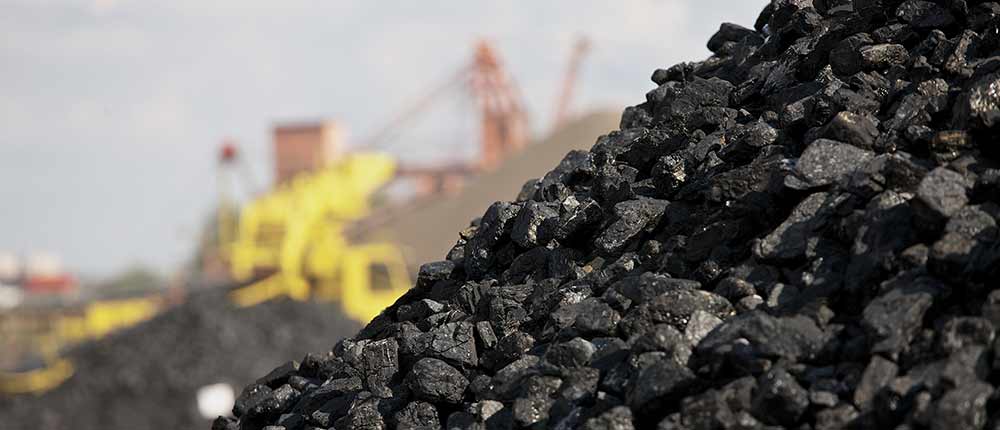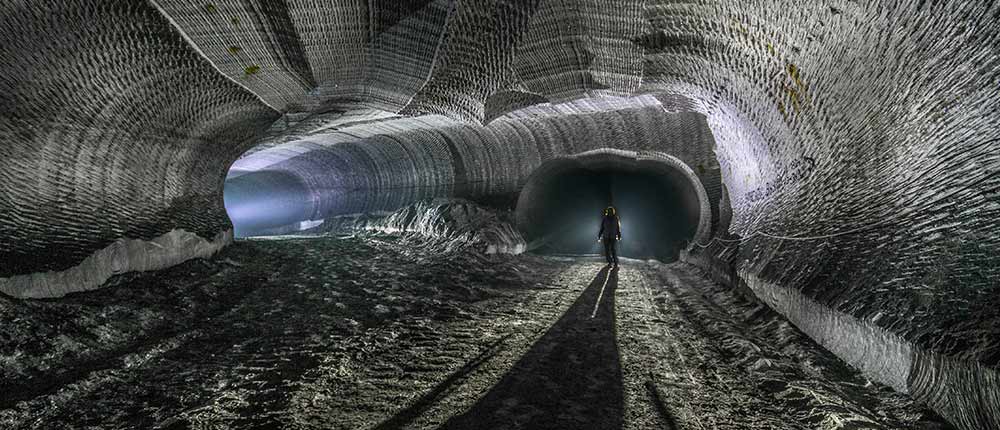The opening of coal sector in India for commercial mining may not be the panacea for increased production

Earlier this year, the Indian government permitted commercial mining in the coal sector. While the decision was announced only in February 2018, it was long expected. The provision had already been made under the Coal Mines (Special Provision) Act, 2015. In March 2017, a discussion paper on auction of commercial mining leases was also placed in public domain for comments. While exact details of the methodology are still awaited, it was stated at the time that the underlying principles for auctioning commercial leases will be transparency; ease of doing business and an assurance that natural resources will be used for national development. The auction is expected to be an ascending forward auction whereby the bid parameter will be the price offer in Rs./tonne, which will be paid to the state government on the actual production of coal. While on the face of it the decision seems to be beneficial for the sector, let's take a step backward and understand its implications.
Impact on coal production
The objective behind introducing commercial mining of coal is the increasing availability of coal as it accounts for more than three-quarters of India's energy mix and about 60 per cent of its electricity mix. Opening the coal sector by allocating new coal blocks for major consumers of power, steel and cement had the same objective. However, captive coal production did not meet the targets as envisioned in the 11th and 12th five-year plans, falling short by a huge margin. Further, it declined from 53 million tonnes in 2014-15 to 38 million tonnes in 2016-17 on account of issues caused by cancellation of coal blocks and then reallocation by the government in 2015. Thus, the policy of granting captive blocks to major consumers has not necessarily solved the issue of adequate coal availability.
Change in ownership of a coal mine plays very little role when it comes to increasing coal production. Factors such as delays in land acquisition, multiple approvals at the state and the Central government levels, as well as issues with coal transportation account for stagnant or decreasing coal production and consumption. The same factors also plagued Coal India Limited (CIL), but to a much lesser degree because of it has the advantage of being a government-owned company. Without resolving these issues, increasing coal production via commercial mining may not bring the desired results.
Another factor to be considered is the known coal reserves in India and the quantity that can be extracted in a cost-effective manner. According to the Geological Survey of India, as stated in its 2016 report, the coal and lignite reserve in India is about 308 billion tonnes. This inventory takes into account only the net geological resources and not the quantity that can be mined. Coal India had estimated in its red herring prospectus of 2010 that of the total coal resources in India, only about 21 billion tonnes (BT) could be extracted technically and economically. If India's coal demand continues to grow at a constant rate of six per cent as seen in last decade, the country may run out of easily extractable coal down to the depth of 300 metres in the next few years. This will mean that companies will need to mine deeper, which would require increased mechanisation with an increase in the cost of production. All these factors mean that a coal consumer may not find coal to be as cheap as envisioned by current policy making.

The success of the proposed auction process is intrinsically tied to the demand for coal. The auctions for the cancelled 204 blocks did not generate much interest beyond the auction of 70 blocks. Moreover, given the scenario of ‘excess supply', which in all likelihood is temporary, in the power sector, the demand for coal too has fallen drastically.
The decision to introduce commercial mining has come at a time when there is an increasing shift to renewable resources both in terms of investment in technologies and creating physical assets and capacity. It is no different in India, given the government's aim to increase renewable energy capacity to 175 gigawatt (GW) by 2022. Increasingly, major world players such as Rio Tinto are quitting the coal mining industry in view of environmental concerns as well as future market potential of switching to renewable energy. In light of these factors, the question is will such a policy still attract investors in the sector given all the negative perception around it?
Before the nationalisation of coal companies, in the early 70s, the coal sector comprised mostly of private coal mines. Nationalisation was needed to improve the poor working and living conditions and poor safety standards for labour. Today, apart from concern for coal miners, availability of land is also a concern. There have been protests from local landowners as well as civil society against acquisition of land for mining, on account of environmental considerations. The size of a coal block is also important in ensuring profitability for a private investor. As against a large market for private coal industry in industries, railways, defence, power etc. earlier, the market has now shrunk only to power and cement sectors. Unless a private investor is able to tie up with captive power utilities, it is extremely unlikely for them to venture into an uncertain market.
Further, apart from the safety regulator, Directorate General of Mines Safety, for the coal sector, there is no structure for independent regulation. Therefore, there is no redressal mechanism in place for resolution of problems arising due to commercial mining or to protect the interest of consumers.
Implications for consumers
Commercial mining may not necessarily lead to a decrease in the cost of coal. One of the major reasons for this is the ascending forward auction route that is expected to be adopted for coal block allocation. In such an auction, it is expected that there will be a floor price and companies will have to bid above this price. Such a route to the auction for coal in the non-regulated sectors has already yielded fantastic prices over and above the actual cost of production by CIL. As per the information available so far, companies will pay the bid price to the state government on actual production as revenue. These two points are counterintuitive. While private players would like to keep the auction price depressed with a view to compete with CIL, the government would prefer a higher bid price to garner increased revenue.
CIL has been able to keep the overall price of coal depressed due to its reliance on labour. The Government of India expects private players to bring in increased mechanization which will lead to an increase in capital costs and final output costs despite an increase in efficiency. Thus, the landed cost of coal to the power sector may not necessarily be lower than the cost provided by CIL.

Further, the cost of coal is less than half the total landed cost at the power plant (45 per cent). The rest consists of taxes, duties, cess and transportation charges; each of these components has been increasing steadily over the past few years. Therefore, even if the actual cost of production comes down due to commercial mining, the net landed cost of coal at the consumer end is unlikely to be impacted too much.
From a distribution company's point of view, it will prefer to source power from producers with the lowest generation tariff and is very unlikely to go any lower as a result of commercial mining.
Conclusion
In itself, the move to introduce commercial mining in the coal sector should be viewed in a positive light as it fosters competition and helps plants that have been stranded over the past few years due to lack of fuel supply agreement. However, whether this move will lead to an increase in coal production is still in question given that ownership of a coal mine is not the only problem the sector faces when it comes to fuel supply. Introducing commercial mining without taking care of associated issues of appropriate governance structures such as independent regulators could also be detrimental to both producers and consumers. Further, it is likely that even if we don't see an increase in the cost of supply, it will not decrease much below current levels. Moreover, given changing trends in the energy sector and the long-term impact on financials from being associated with coal mining and production, it is possible that from an investors' point of view, this move may be too little, too late.

